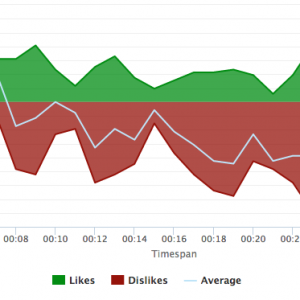Ad Testing Tips and Tricks for Perfecting Your Copy
“Advertising is a business of words.”
David Ogilvy
If advertising is a business of words, then finding the right words for your ad campaign’s message is a crucial component for success. By using the right set of words, you can effectively enhance brand recognition and generate user growth. By using the wrong set of words, you may find yourself in the midst of a PR nightmare. Diction or word choice is a delicate matter, as there is a fine line between humorous and offensive; poignant and provocative.
A recent campaign from Airbnb is a prime example as to why ad testing is necessary, and why word choice is so important. In an attempt to appear humorous and topical, Airbnb launched an ad campaign at various public transit stops in its home city of San Francisco. This campaign satirized current events surrounding government spending of hotel tax dollars. Airbnb aimed to appear humorous and “tongue in cheek”.


Some SF residents found these ads to be tone deaf and flat out offensive. Due to the backlash that this campaign generated, and Airbnb had to make a public apology. These PR issues are avoidable. Through ad testing, Airbnb could have done the following test to ensure their message performed as intended.
Identify your target ad audience
In the case of Airbnb, a good target audience would be comprised of registered voters in San Francisco who were aware of Airbnb. Airbnb could have optimized their questions for the ideal audience:
- Do you currently live in San Francisco, CA?
- Are you registered to vote in San Francisco, CA?
- Are you planning to vote in the upcoming election?
- Have you heard of Airbnb?
- Within the past 3-6 months, have you seen any advertisements from Airbnb?
- Have you ever used Airbnb or any other short-term vacation rental service?
Ask specific opinion-based questions to find out if these ads to be offensive, relevant, or funny.
This ad was ________ : (check one)
Offensive
Relevant
Funny
Engaging
Persuasive
Unconvincing
Ask open-ended questions for each of the above options based on which one the respondent chooses:
Why did you find the ad offensive?
Why did you find the ad relevant?
(one for each word)
A survey written using the aforementioned techniques in survey composition can help determine which elements of the copy could be potentially problematic. Take the learnings from this ad test to revise the ad copy into something positive and engaging that resonates with your target audience.








